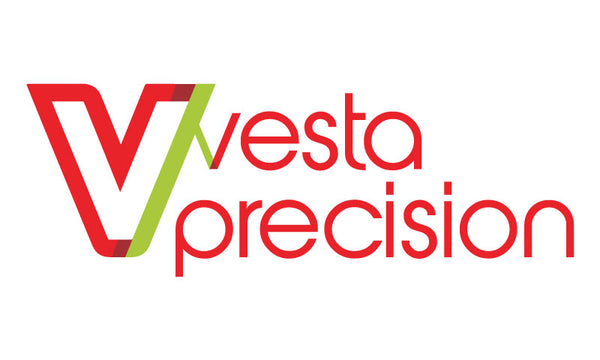Pandemic. Climate change. War. The world has felt the grips of these forces on our lives. We cannot deny the feeling of uncertainty that these issues have raised within each one of us. Our behaviors have been altered and forever changed because of them. Two years ago, as the COVID-19 pandemic spread across the world, shutdowns began and stores became rattled by high demand and low capacity for re-supply. As hoarding ensued, supply issues were amplified. Businesses and people alike felt the strain of low inventory. The lack of precision food management usage may have resulted in a loss of food for businesses as well as consumers.
The Shift to Precision Food Management
What makes up Precision Food Management (PFM)? The concept is simple – food preparation that results in optimal storage and consumption. Freezing in bulk is a common practice for food storage and preparation. However, freezing food in the traditional sense may result in a loss of the food’s integrity. Traditional freezing cools a product at a slow rate which allows large ice crystals to form, microscopically speaking. These crystals permeate the cell membrane of the product. Once thawed, the item may have an altered taste and mushy consistency. An alternative method of food preservation is blast freezing. Blast freezing cools the product down much quicker by circulating air at high speed, which reduces the size of crystals that form on the food product, thus reducing the amount of cellular damage. Foods frozen using a blast chiller will maintain the same consistency and flavor when thawed.
The vessel that a food product is stored in can also be problematic. Freezing food in a loose plastic bag can lead to freezer burn. However, vacuum sealing can help eliminate food waste by reducing the likelihood of freezer burn. Additionally, vacuum sealing extends the life of frozen foods 3-5 times when compared to regular plastic bags. Vacuum sealing can also be environmentally friendly when a compostable vacuum sealing solution is incorporated, such as VestaEco.
Lastly, it is important to touch on a not-so-obvious PFM element – precision temperature cooking. If you are looking for consistent quality and waste reduction, precision temperature cooking can help. Precision temperature cooking, also known as sous vide cooking, is a unique method of cooking foods by immersing them in a water bath. Of course, food safety is paramount – as well as education within government agencies and oversight committees for broader adoption to be possible. Yet, it is an aspect that should be considered as part of every precision food management strategy.
Read Also: Vegetables _ Fruits – Food & Beverage Magazine
Consider your processes and identify how a precision food management plan could help your business and your community. Contact Vesta Precision at sales@vestaprecision.com to learn more about Precision Appliance Technology and how we are innovators in the precision food management realm.








